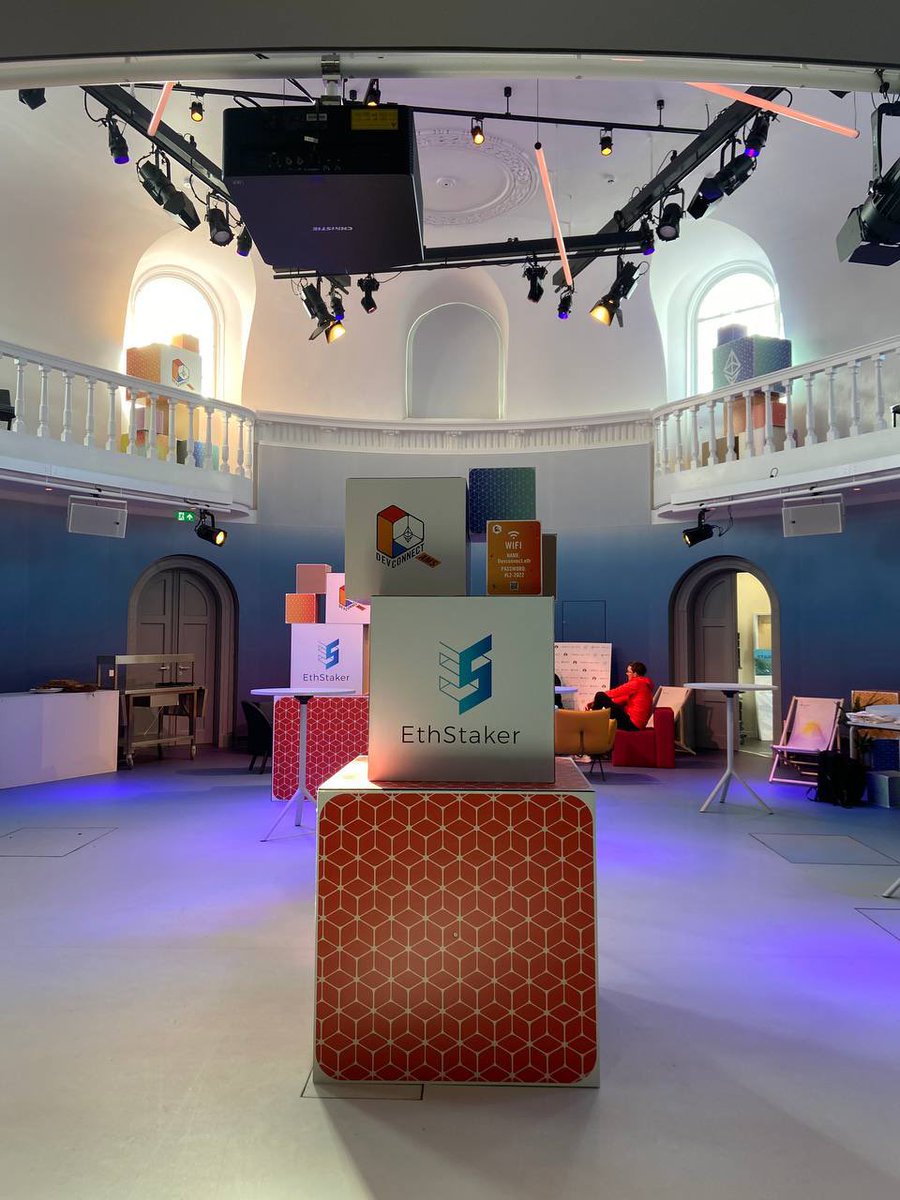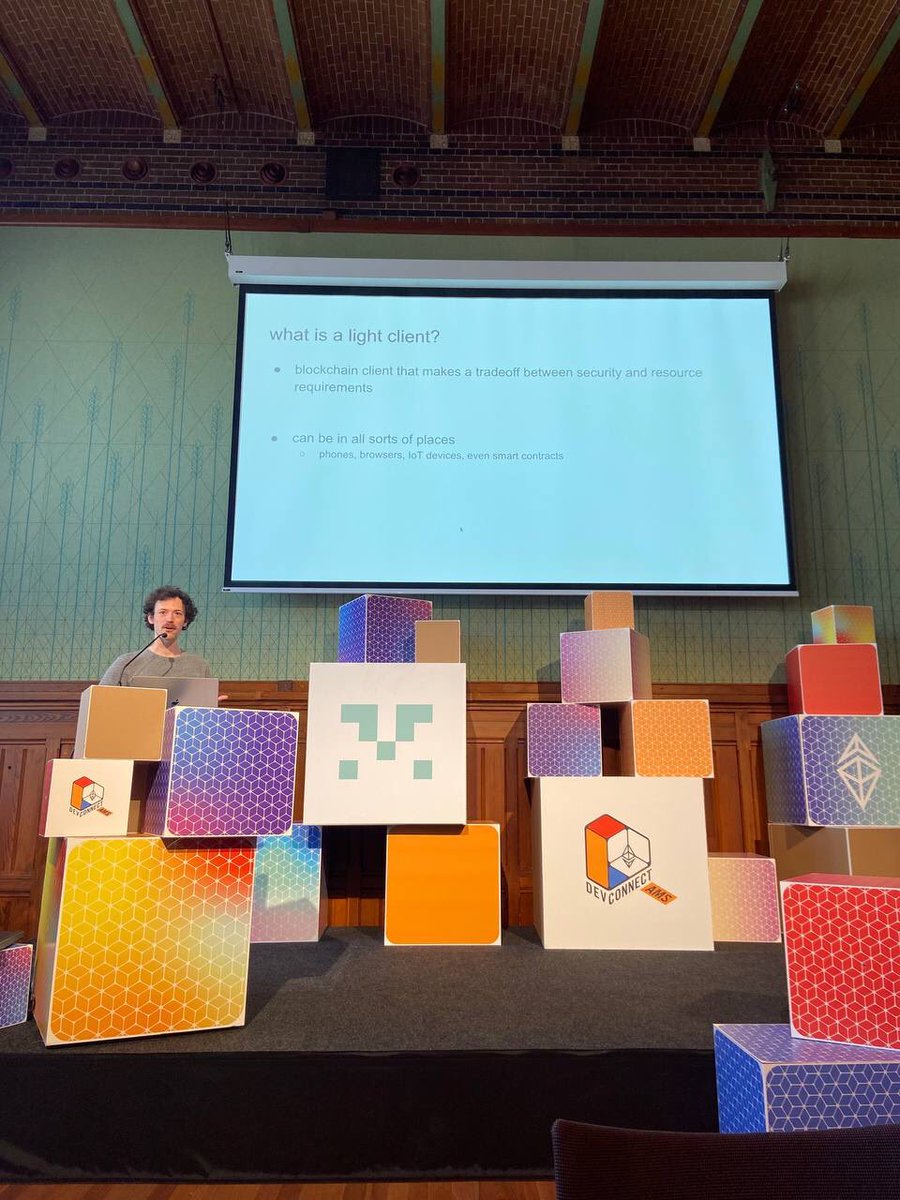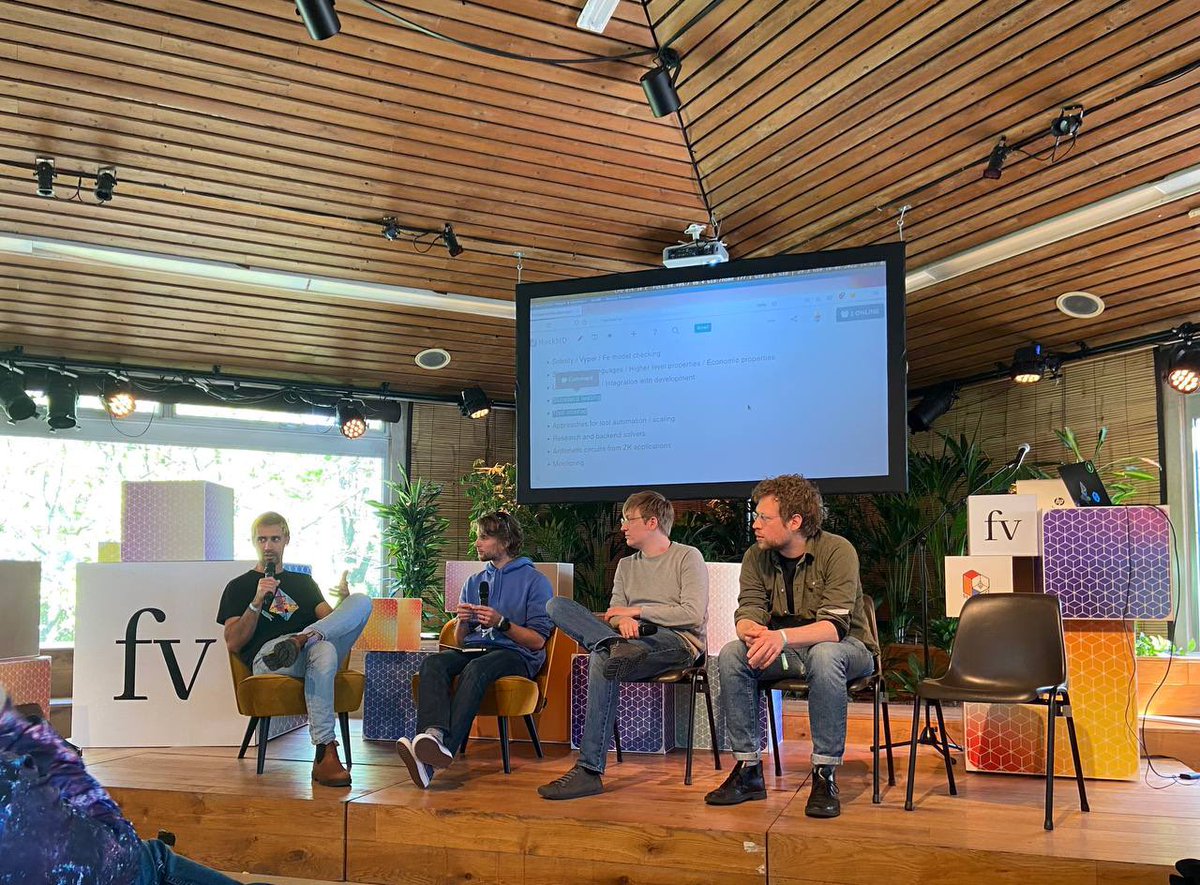
Distributed validator technology (DVT) was a major topic of discussion today at the #StakingGathering event. DVT is the middleware tech that enables Eth validator responsibilities to be split up across multiple node operators. 

You may already know that a single node can operate multiple validators but did you know through DVT, a single validator can be split up across multiple nodes? This is great for enhancing the decentralization and therefore security of Ethereum as a proof-of-stake network.
Companies like @ssv_network and @ObolNetwork are building decentralized staking infrastructure to improve the resilience of validator operations because this kind of middleware isn’t natively supported by Ethereum’s PoS protocol atm.
Right now, most staking businesses are full stack products, meaning they handle all the components needed to onboard and offboard both their users and node operators.
Eventually, over time, we could see the likes of @LidoFinance and @Rocket_Pool use DVT or DVT infra providers to make validator operations more secure and resilient.
By splitting up the responsibilities of a validator across multiple nodes, the impact of any one of those nodes going offline or being buggy is offloaded by the other nodes that can step in to keep the validator up and running.
Some staking businesses have built their own in house tech that supports secure multi party computation. @ssv_network (formerly Blox Staking) is working on an open and decentralized DVT middleware network for Ethereum that has been running on public testnet for over a year.
It’s getting close to mainnet launch but the timing for this is still unclear. @ObolNetwork is a competitor to SSV. they are a more nascent team, whose tech has only been tested on closed devnets. Obol team plans to launch their 1st public testnet this summer.
The use of DVT is still in its early stages on Ethereum and has a long way to go in terms of development and adoption but it’s only a matter of time before this becomes the norm for serious staking businesses and applications that want to max validator resiliency.
The jury is still out on which DVT solution wins out. (Hopefully multiple). Perhaps in house DVT solutions become the norm, or staking infra providers like SSV and Opal do, or even perhaps down the road protocol level support thru a hard fork for some kind of DVT support.
That was one of the main takeaways for me from Day 1 of @ethStaker’s Staking Gathering. Of course, there were interesting discussions too about client diversity and staked ETH derivative solutions but I’m already making these threads too long as is 😅
Expect some new thoughts from me tmrw about the topic of Ethereum light clients!💡💡💡 #LightClientSummit @EFDevconnect
• • •
Missing some Tweet in this thread? You can try to
force a refresh








